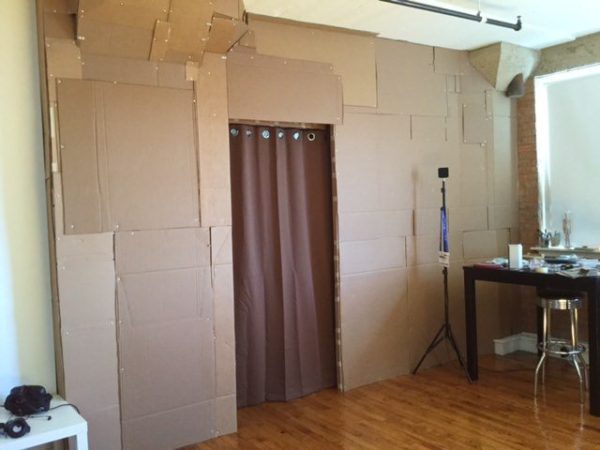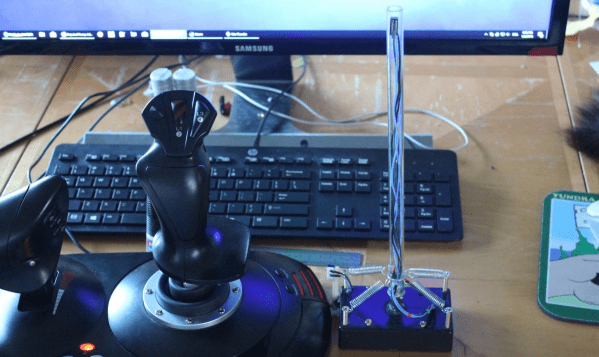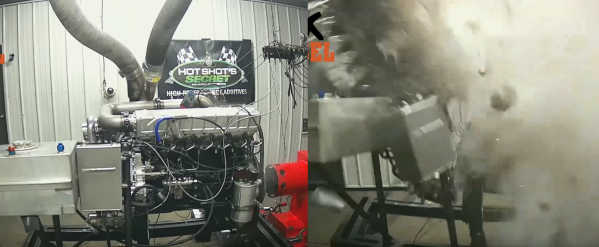Analog TV is dead, but that doesn’t make it any less awesome. [Gavin and Dan], aka The Slow Mo Guys recently posted a video about television screens. Since they have some incredible high-speed cameras at their disposal, we get to see the screens being drawn, both on CRT and more modern LCD televisions.
 Now we all know that CRTs draw one pixel at a time, drawing from left to right, top to bottom. You can capture this with a regular still camera at a high shutter speed. The light from a TV screen comes from a phosphor coating painted on the inside of the glass screen. Phosphor glows for some time after it is excited, but how long exactly? [Gavin and Dan’s] high framerate camera let them observe the phosphor staying illuminated for only about 6 lines before it started to fade away. You can see this effect at a relatively mundane 2500 FPS.
Now we all know that CRTs draw one pixel at a time, drawing from left to right, top to bottom. You can capture this with a regular still camera at a high shutter speed. The light from a TV screen comes from a phosphor coating painted on the inside of the glass screen. Phosphor glows for some time after it is excited, but how long exactly? [Gavin and Dan’s] high framerate camera let them observe the phosphor staying illuminated for only about 6 lines before it started to fade away. You can see this effect at a relatively mundane 2500 FPS.
Cranking things up to 380,117 FPS, the highest speed ever recorded by the duo, we see even more amazing results. Even at this speed, quite a few “pixels” are drawn each frame. [Gavin] illustrates that by showing how Super Mario’s mustache is drawn in less than one frame of slow-mo footage. You would have to go several times faster to actually freeze the electron beam. We think it’s amazing that such high-speed analog electronics were invented and perfected decades ago.

